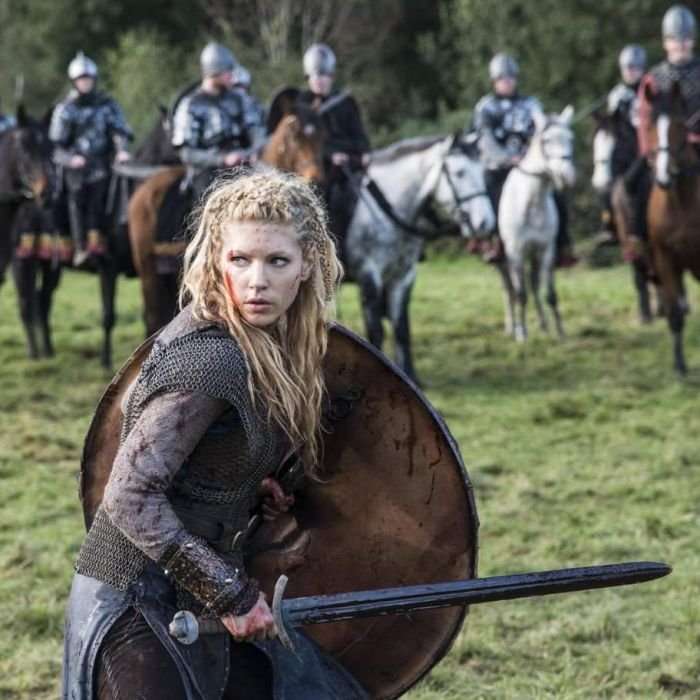Viking expert raises doubts over research claiming famous warrior was actually a woman
Doubts have been cast on new research that claimed an ancient Viking warrior buried in Sweden was actually a warrior or a woman.
The story sprang up all over the internet after the research was published in the American Journal of Physical Anthropology.
So were Vikings more progressive than first thought?
The original research relied on DNA tests on bones
Researchers conducted tests on a Viking buried in a "well-furnished grave" found in the Swedish town of Birka in the 19th century.
Inside the grave were swords, an axe, a spear, armour-piercing arrows, two shields and two horses.
"The complete equipment of a professional warrior," the journal said.
"Furthermore, a full set of gaming pieces indicates knowledge of tactics and strategy stressing the buried individual's role as a high-ranking officer."
Researchers said that based on "material and historical" records, it had simply been assumed that the warrior was male.
They ran a DNA test to confirm the sex of the warrior inside the grave, and found a "lack of a Y-chromosome".
"The identification of a female Viking warrior provides a unique insight into the Viking society, social constructions, and exceptions to the norm in the Viking time-period," the journal article read.
"The results call for caution against generalizations regarding social orders in past societies."
So, Vikings were super progressive and allowed boss lady-warriors to run their armies, right?
A Viking expert has some big issues with the research
Judith Jesch, a Professor of Viking Studies, wrote a comprehensive blog post poking all sorts of holes in the original research.
There are doubt about the origins of the bones because they were excavated in the 19th century
Her own analysis raises doubts over whether the grave actually belonged to a "high-ranking" officer
There were no injuries observed on the skeleton, so there are questions over whether it belonged to a warrior at all
"These are some of my caveats which I would dearly love people to take into account before tweeting all over the world about women warriors in the Viking Age," Professor Jesch wrote.
She said she believes the "fascination with women warriors" is "is heavily, probably too heavily, influenced by 20th- and 21st-century desires."
"It's too easy to take the title of an article at face value and send it round the Twittersphere without further thought."

War-Damn-America on September 15th, 2017 at 13:29 UTC »
You would have thought they would be able to tell if it was a male or female from looking at the sciatic notch in the pelvis, and how defined the mastoid process and brow ridge are in the skull.
blues65 on September 15th, 2017 at 13:17 UTC »
The thing about that finding that I was curious about was that afaik the evidence was dna evidence stating that the occupant of a grave was female. But Viking slaves would die along with higher ranking persons sometimes. Isnt it plausible the test read the DNA of a slave girl in the grave of a male warrior?
Either way I thought the fact that the Vikings had female warriors was settled. Don't English accounts tell of female Viking raiders?
totalarkwar on September 15th, 2017 at 11:59 UTC »
It seems that the original study that was highly circulated has some major issues with the interpretation of their findings. Dr. Jesch seems to think that none of the authors were qualified to anthropologically interpret the findings, and that maybe they should have just stuck with the science part.
Edit: from her detailed critique of the study:
http://norseandviking.blogspot.com.au/2017/09/lets-debate-female-viking-warriors-yet.html?m=1